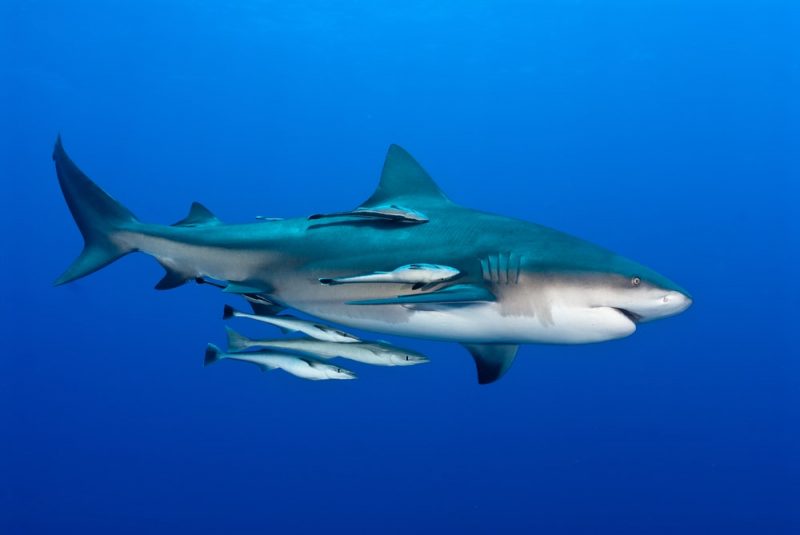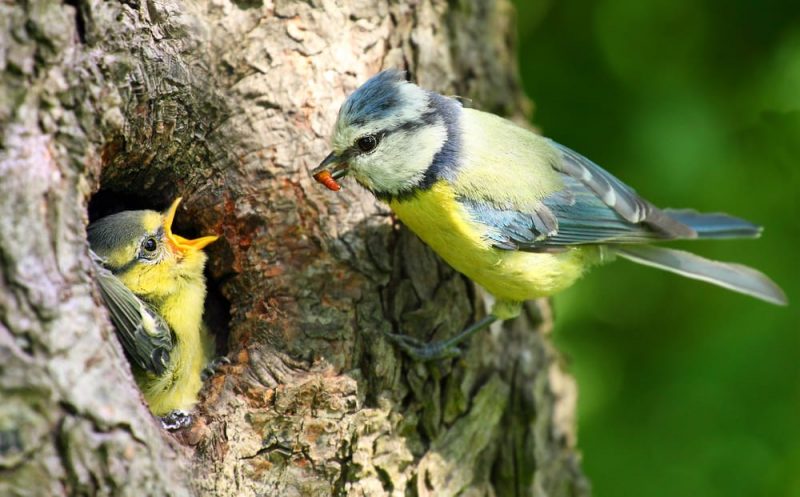Some living things establish symbiotic relationships between them for some benefit. The commensalism It occurs when a living being obtains benefits from another while the other is neither benefited nor harmed. For instance: Birds that build their nests in a tree.
That is, one species is benefited by something that does not compromise the other.
Relationships between species
Commensalism is not the most frequent among the interactions that occur between living beings. In fact, the most likely thing is that the relationship is one of parasitism or predation, in which one species benefits and the other is harmed.
However, there are times when the action of one species (always beneficial to itself) does not harm another species, or even benefits it: this is the case of mutualism.
Commensalism: Scavenging Animals
The first use of the term commensalism has to do with the case of scavengers, that is, those that feed on other dead species.
It must be said that the consideration is at least debatable, since it is somewhat pretentious to consider that a species already dead participates without benefiting or harming a relationship in which another feeds on its body: however, the notion is used from commensalism for these cases.

Types of commensalism
By extension, the idea of commensalism encompassed other cases, giving rise to a classification that established three types of commensalism: phoresis, inquilinism and metabiosis:
- Foresis. A smaller species takes advantage of the larger one to transport it, not causing any problem. Sometimes you will not even realize that you are doing the transport.
- Tenancy. One species takes refuge in or on top of the other to protect itself.
- Metabiosis. One species takes advantage of some waste substance from another to achieve a different purpose: here we would find scavengers.
Examples of commensalism

- The birds that are located in a tree, building nests between branches and foliage or sleeping between branches.
- Certain plants can disperse their seeds once one or more colonies of ants they razed an area of the Forest, eliminating the other plants.
- The woodpecker, which pierces certain trees to build their nest there.
- The flies that lay their eggs on the corpses of other animals, so that their larvae can feed.
- Certain kinds of insects that inhabit the burrows of the mice of field, feeding on the roots that protrude from the roof of the burrow.
- Various kinds of apes They use the branches and tops of the trees as a habitat and source of food.
- The crabs that use shells of snails as protection and home.
- The construction of honeycombs bees in the trees.
- When a animal furry, when walking through a field, drags plant seeds hooked to her hair.
- The methanotrophic bacteria that consume methane from arches methanogens.
- The herons that feed near the herds of ungulates, as they disperse the insects on which they feed.
- The anemones that use some shells of the mussels, without causing any harm to them.
- The remoras that as a means of transportation to sharks, without causing them any harm.
- The dung beetles who take advantage of the feces of others animals for which these are nothing more than a discard.
